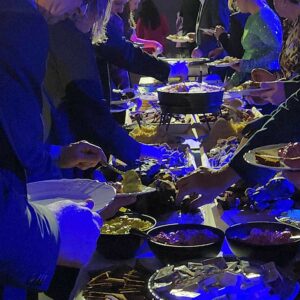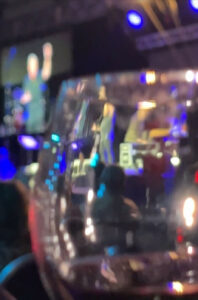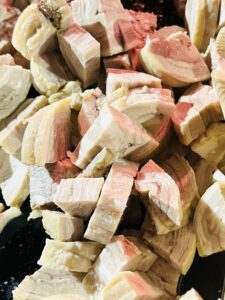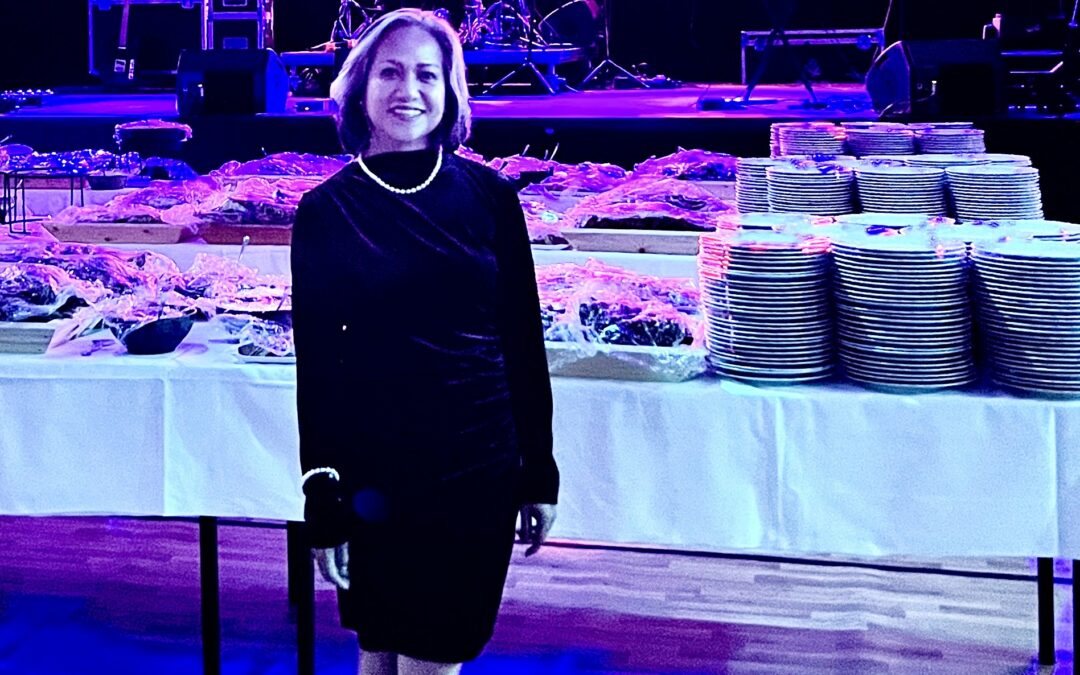This year, in January, I had the privilege of attending Þorrablót with friends and family. The promise of a feast that was both cultural and fun didn’t disappoint. The shared experience strengthened our bonds, making this celebration not only a cultural exploration but also a memorable and enjoyable gathering. This memorable experience has cemented Þorrablót as a new annual tradition with friends and family.



Origins and History:
Þorrablót has ancient origins rooted in Norse paganism. It was initially celebrated to honor the god Thor and mark the transition from winter to spring. Over time, the festival adapted to Christian influences, integrating elements of both belief systems. Understanding its historical context helps appreciate the festival’s deep connection to Iceland’s cultural heritage.
Timing and Duration:
Þorrablót traditionally occurs in January or February, aligning with the old Norse calendar’s midwinter period. The festival typically spans several weeks, reflecting the challenges of the harsh Icelandic winter. This duration is a testament to the resilience of the people, celebrating even during the darkest and coldest times of the year.

Traditional Foods:
Þorrablót is renowned for its distinctive cuisine, showcasing the resilience and resourcefulness of Icelanders. Hákarl, or fermented shark, is a notable dish with a strong aroma and taste. Svið, or sheep’s head, is another iconic delicacy. The significance of these foods lies in their historical use as preservation methods in the harsh Icelandic climate.
Customs and Rituals:
Toasting with Brennivín, a traditional Icelandic schnapps, is a central custom during Þorrablót. The toasts often include expressions of gratitude and well-wishes for the upcoming year. Music, dance, and storytelling play crucial roles, creating a festive atmosphere and fostering a sense of community by sharing cultural stories and traditions.



Community and Social Aspect:
Þorrablót is a communal celebration, bringing together family, friends, and neighbors. The shared experience of facing the challenges of winter fosters a strong sense of community bonds. Gathering around a feast, people connect, share stories, and strengthen social ties, making Þorrablót a vital occasion for interpersonal relationships.
Modern Celebrations:
While Þorrablót maintains its traditional elements, contemporary celebrations may include modern twists. Some communities organize public events, blending traditional rituals with new forms of entertainment. In Iceland and beyond, Þorrablót has become an opportunity for Icelandic diaspora communities to connect with their roots and celebrate their heritage.



Þorrablót stands as a vibrant testament to Iceland’s cultural resilience, blending ancient traditions with contemporary celebrations. Embracing the festival allows for a deeper appreciation of Icelandic history and the enduring spirit of its people.

For those visiting Iceland during this time of year, consider joining the Þorrablót celebrations. Immerse yourself in the unique Icelandic traditions, savor the distinctive cuisine, and witness the vibrant community spirit. Þorrablót offers an authentic and unforgettable Icelandic experience that truly captures the essence of the Icelandic culture.
Credits: All contents in this post is owned by Mildred Manuel
